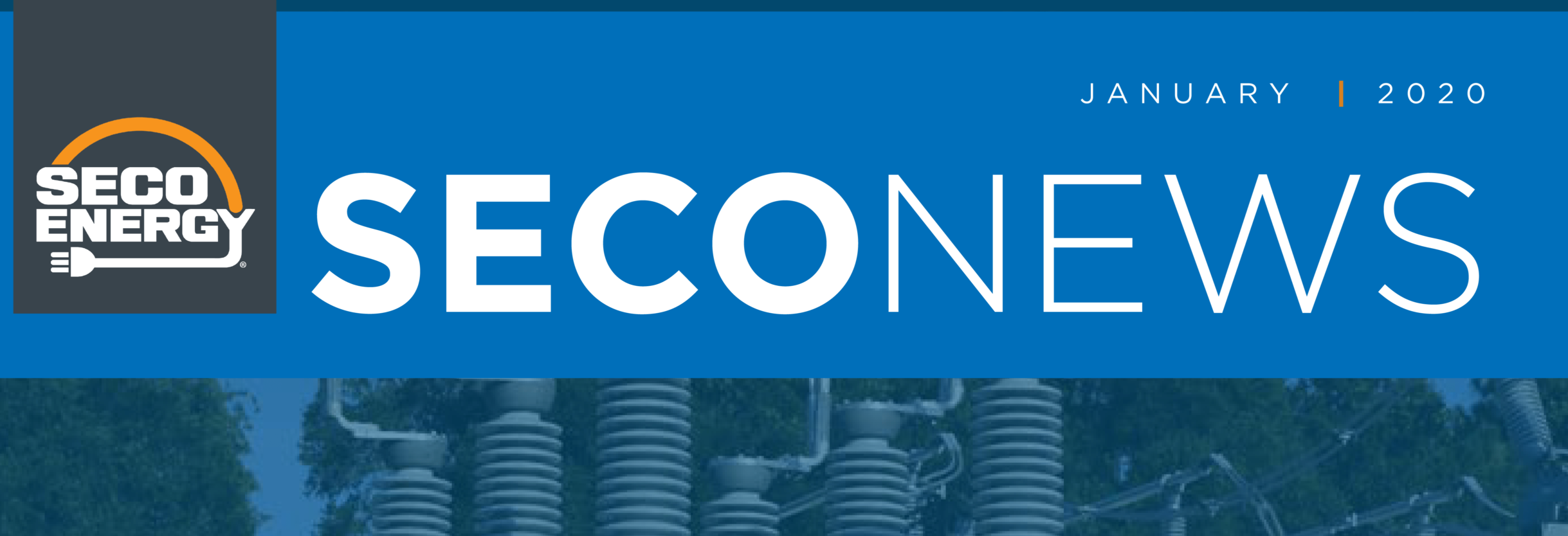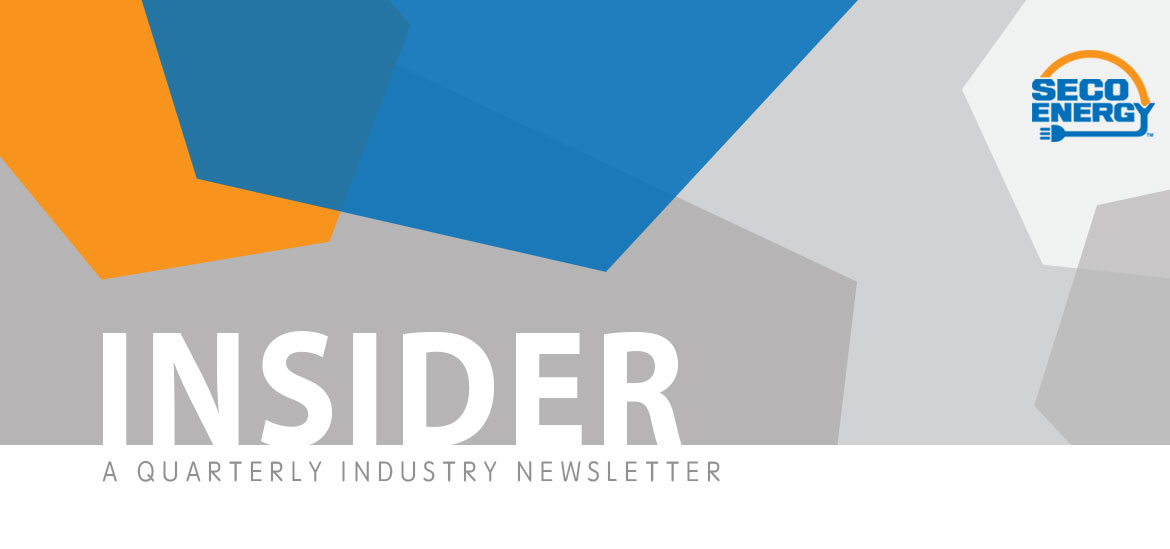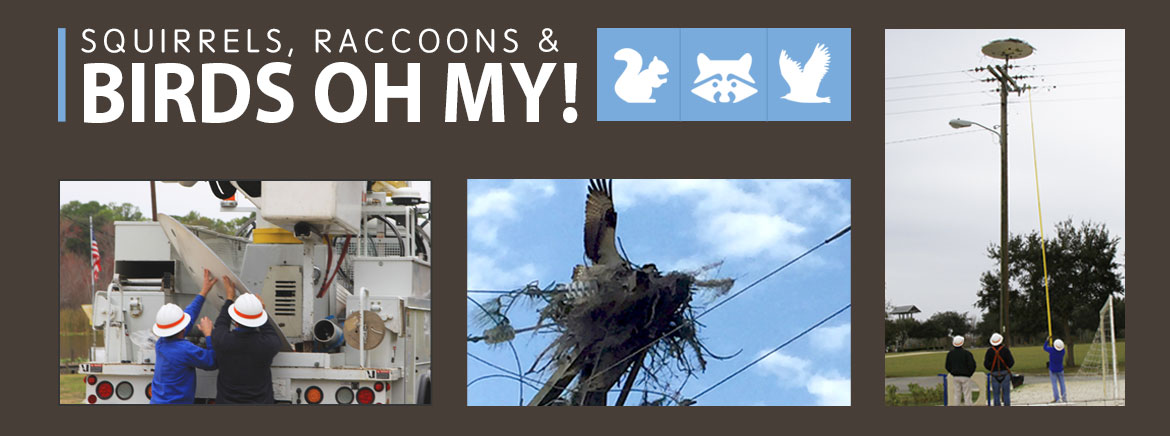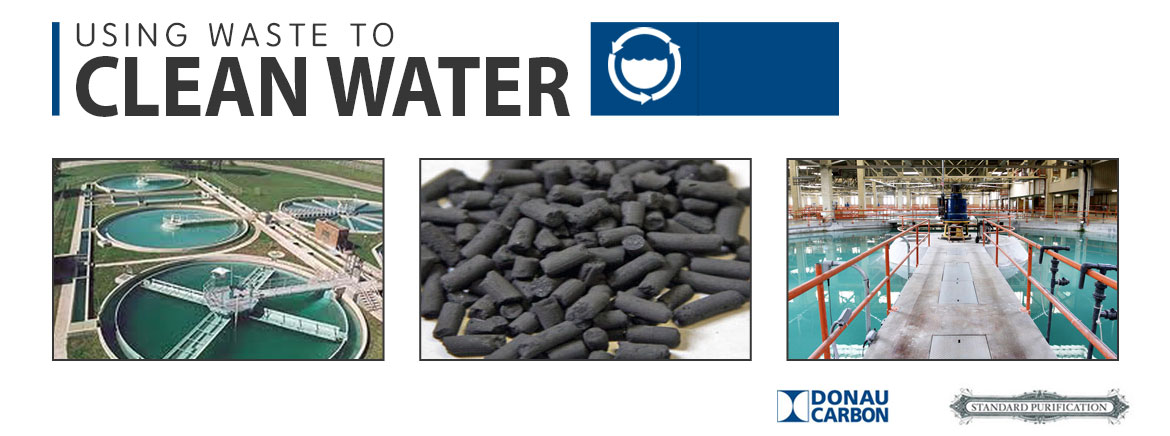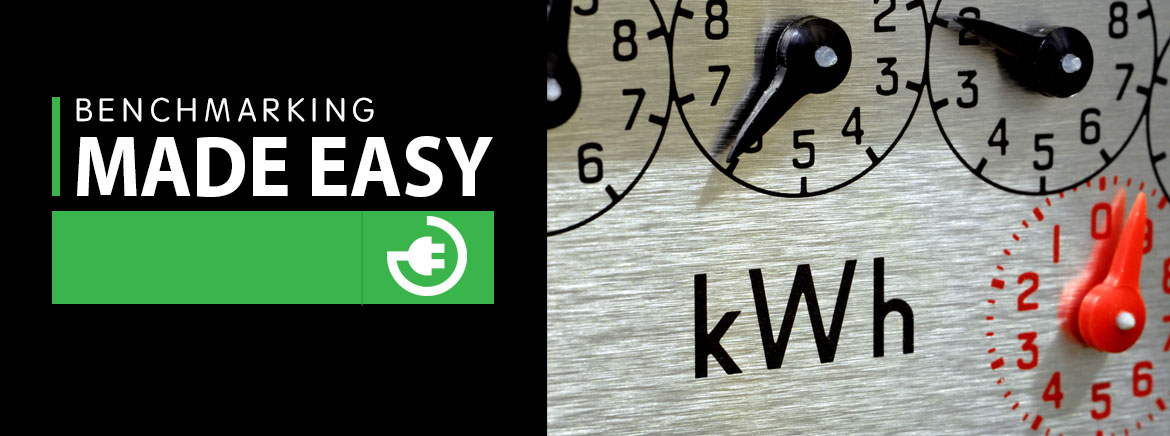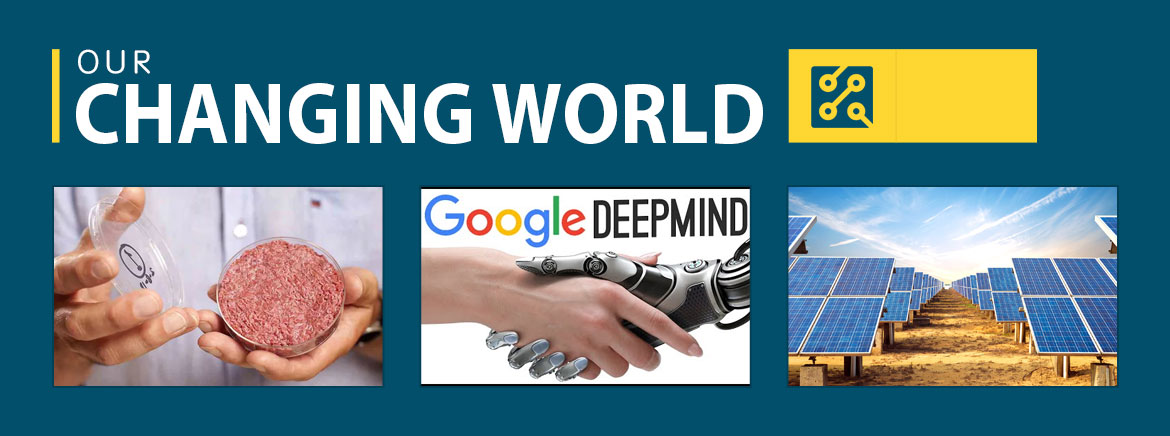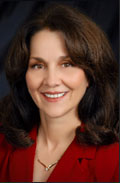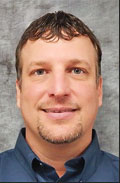SECO News, January 2020
Duncan’s Digest – 2020 SECO Scholarship Program
Your SECO Energy Board of Trustees recently approved our 2020 SECO Scholarship Program. A total of $36,000 is available for 12 recipients to receive $3,000 each.
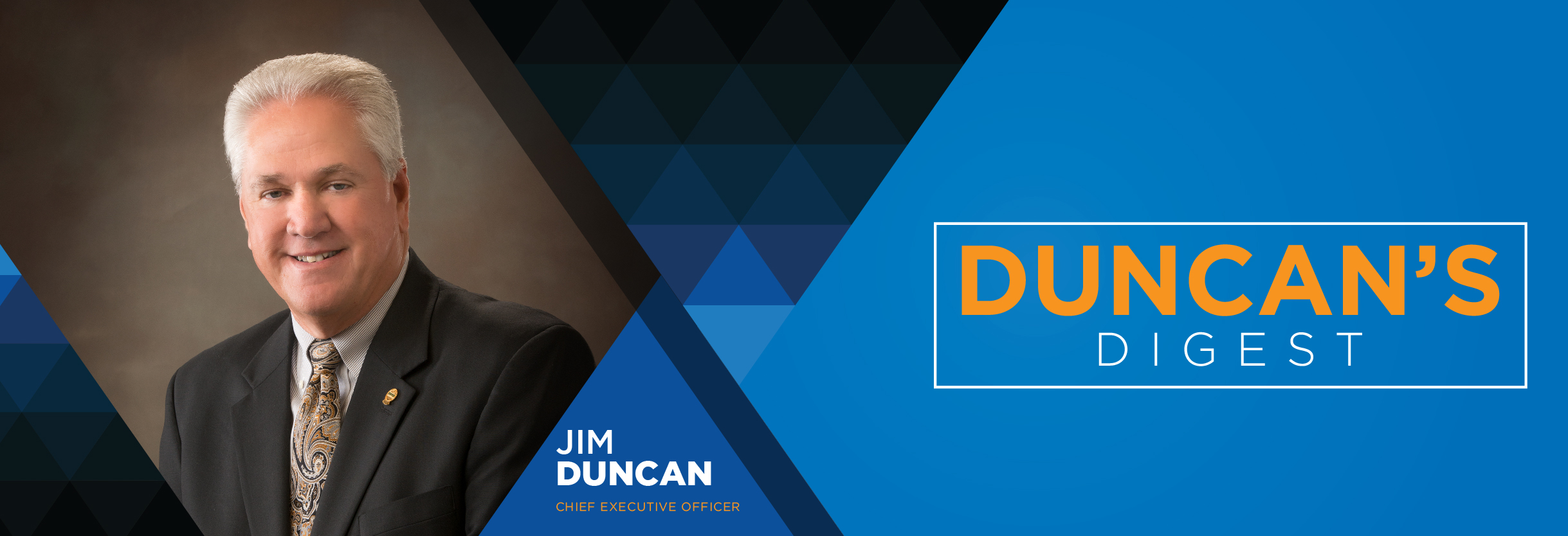
This year we are adjusting the eligibility requirements to better align with our corporate goals. The focus of the scholarship program is shifting to a recruitment tool to spark an interest in energy industry careers. Our goal is to attract local students who want to come to SECO Energy for internship opportunities during breaks and begin their careers with us after graduation.
The U.S. Department of Energy (DOE) reports that almost 2 million people are employed in jobs related to electric power generation and fuels. In that group, nearly half a million people are employed in jobs directly related to electric power generation, transmission and distribution.
The DOE also reports the number of jobs in the energy sector is increasing – thus the demand for a skilled workforce follows. New careers are evolving that focus on renewable energy, natural gas and information and communications technology. But the energy industry workforce is aging. Almost thirty percent of energy industry employees are on the cusp of retirement or between the ages of 51 and 60. Furthermore, thirty-three percent of energy industry workers are between the ages of 41 and 50.
An aging workforce and the need for employees interested in highly-skilled careers in the energy industry are driving the eligibility change in SECO’s 2020 Scholarship Program.
To be eligible to apply, the student must be interested in pursuing a career in the energy sector. The student must be a graduating senior who lives in a home served by SECO Energy. Awardees must be enrolled full-time in an accredited Florida college, university or vocational/ technical school by the end of 2020. Students should also be pursuing a degree or certification in technology, engineering, math or business.
Applications are available beginning January 2, 2020 online. For those without Internet access, applications are also available in all Member Service Centers. The application must be received in our corporate offices on or before Friday, March 27, 2020.
If you have questions about the scholarship program, email Communications. Or you can call and visit with Eneida Robaina in the Corporate Communications group. Eneida manages the scholarship program and is also this month’s SECO Champion. Read about her next and watch her video on YouTube.
In addition to transforming into a viable recruiting tool, our Scholarship Program embraces two of the seven cooperative principles observed by SECO: Concern for Community and Education, Training and Information. I wish our applicants the best and look forward to meeting our scholarship winners at the awards banquet on May 18, 2020.
Sincerely,
Jim Duncan
Chief Executive Officer

SECO Champion – Eneida Robaina
Length of Service: 10 Years
“MY FAMILY IS SUPPORTIVE WHEN DUTY CALLS.” Eneida Robaina is a Senior Staff Assistant in Corporate Communications. Eneida also coordinates SECO’s Scholarship Program and has implemented the program changes to cultivate our future workforce. Eneida organizes the applications, answers scholarship inquiries and arranges the yearly awards banquet for recipients and their families.
Eneida moved to Sumterville from South Florida in 2001 with her family. She is a world traveler and also enjoys spending weekends on the family boat. Her family is understanding when Eneida works long hours or overnights in her role in the Emergency Restoration Plan during major weather events like Hurricane Irma. Eneida believes she is incredibly fortunate to work at SECO and is proud to represent a utility that truly puts its members first. Eneida is a SECO employee and a member, too.
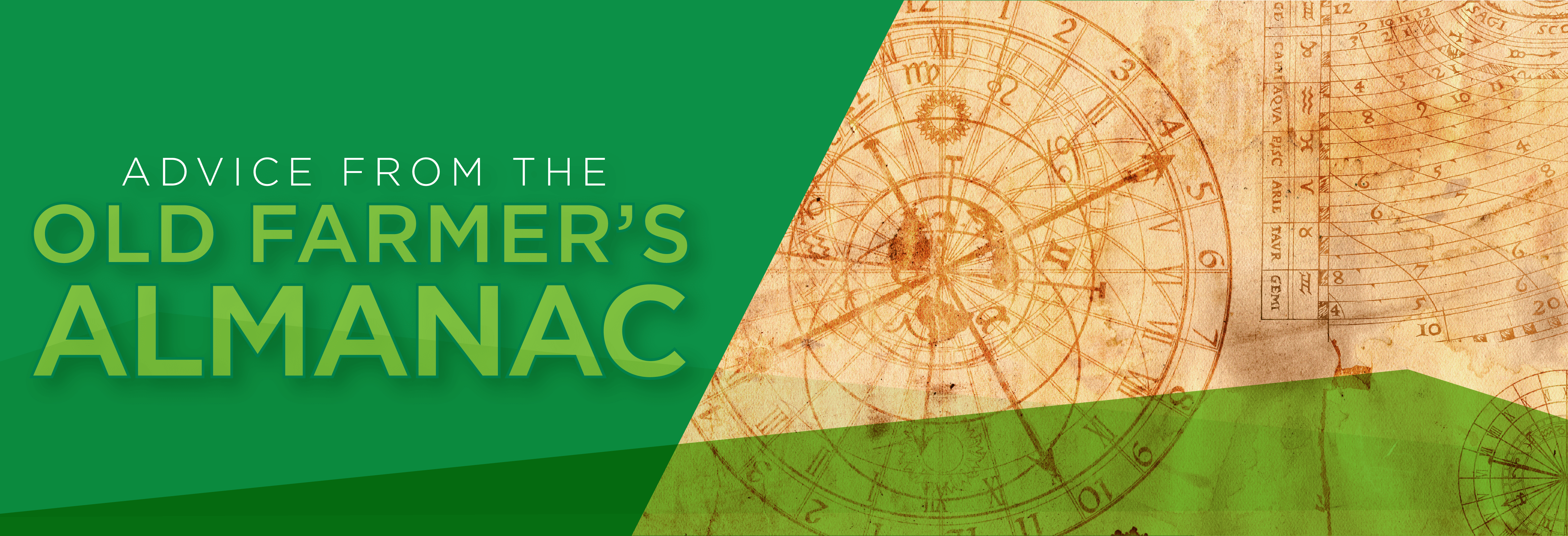
Advice from The Old Farmer’s Almanac
HAPPY NEW YEAR! Many of us ring in the new year with a list of resolutions. The Old Farmer’s Almanac offers guidance on the best date in January 2020 to begin some of the most popular resolutions. The best day to quit smoking is January 6 or 11. Best day to color your hair on January 4 – 6, straighten your hair is January 20 or 21 or wait until January 24 – 26 for a new perm. Start your diet on January 14 or 19 and travel for pleasure on January 11 or 12 – before starting your New Year diet!
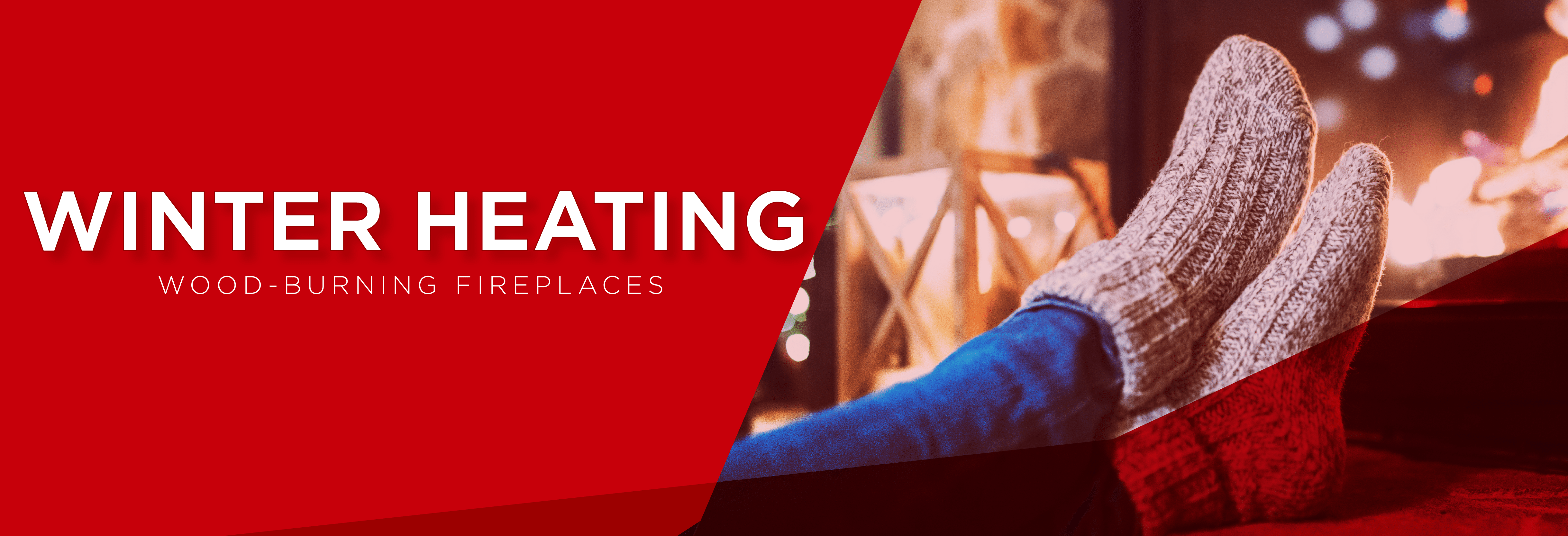
Winter Heating – Wood-Burning Fireplaces
During winter months, will a wood-burning fireplace heat your home more efficiently than your HVAC unit? SECO’s Energy Services experts report it’s not likely.
A wood-burning fireplace pulls oxygen and heat from other areas in your home. As much as 30 percent of that heat goes up the chimney creating a drop in your home’s temperature. When the temperature drops, your HVAC unit cycles more frequently.
To increase fireplace efficiency, consider installing glass doors or a fireback. Doors will serve as a barrier that reduces the amount of warm indoor air that escapes through the chimney. In the summer, glass doors will help prevent warm outside air from entering your home through the chimney. A fireback is an iron or steel often decorative plate that is installed at the back of the fireplace. Not only does this protect the fireplace masonry, it absorbs the heat and reflects it into the room.
Your best bet for fireplace energy efficiency is to not use the fireplace in conjunction with your HVAC unit. The glow from a wood-burning fire adds a lovely ambiance to a room and is perfect for times when it is only a little chilly.

Safety Corner – Kids’ Electrical Safety Tips
Children are innately curious and enjoy learning about the word they live in. Teach children and grandchildren to be cautious around energized equipment inside and outside the home.
Install outlet protectors in rooms where children can reach electrical outlets. Children and adults can be shocked or injured by placing foreign objects in outlets. Teach children to never operate appliances without a responsible adult present. Water and electricity don’t mix – never place electronics near water.
Inspect trees where children are playing to ensure that branches are far away from overhead power lines. Do not let children climb trees growing close to electric lines. Never touch outdoor wires with any part of your body, toys or other objects. Keep kites, balloons, drones and toy planes away from poles and wires. Children should never be allowed to play near substations or underground transformers.
Find more electrical safety tips on our electrical safety page.
Read the full January 2020 SECO News online.



